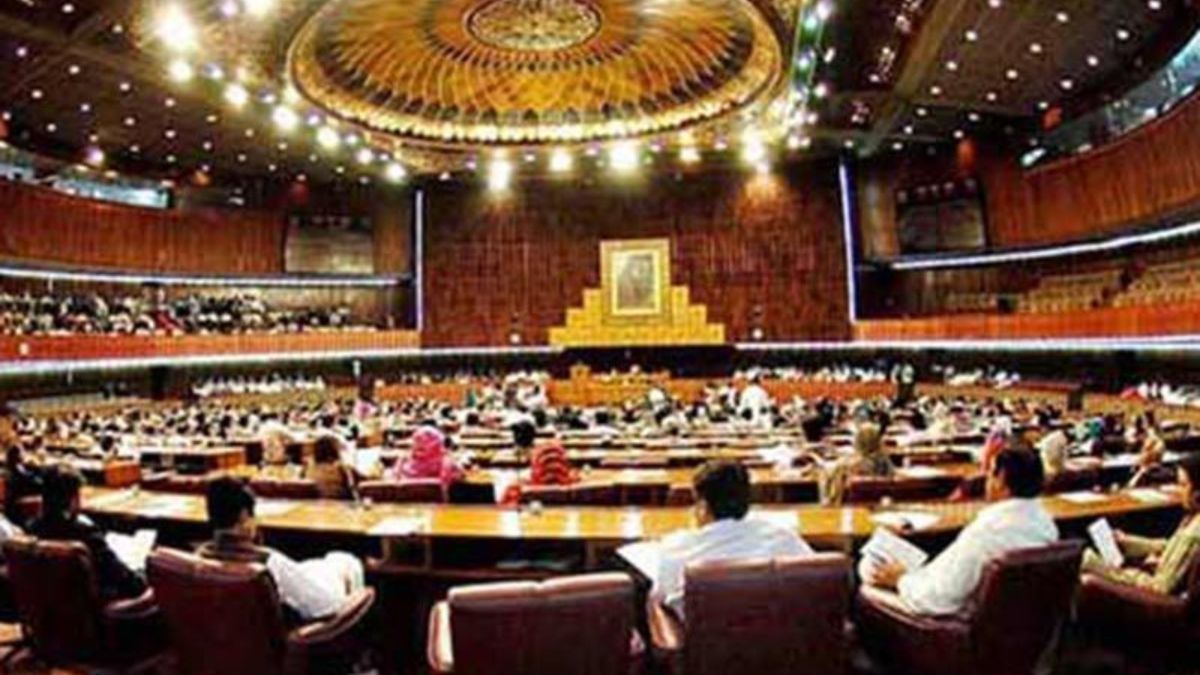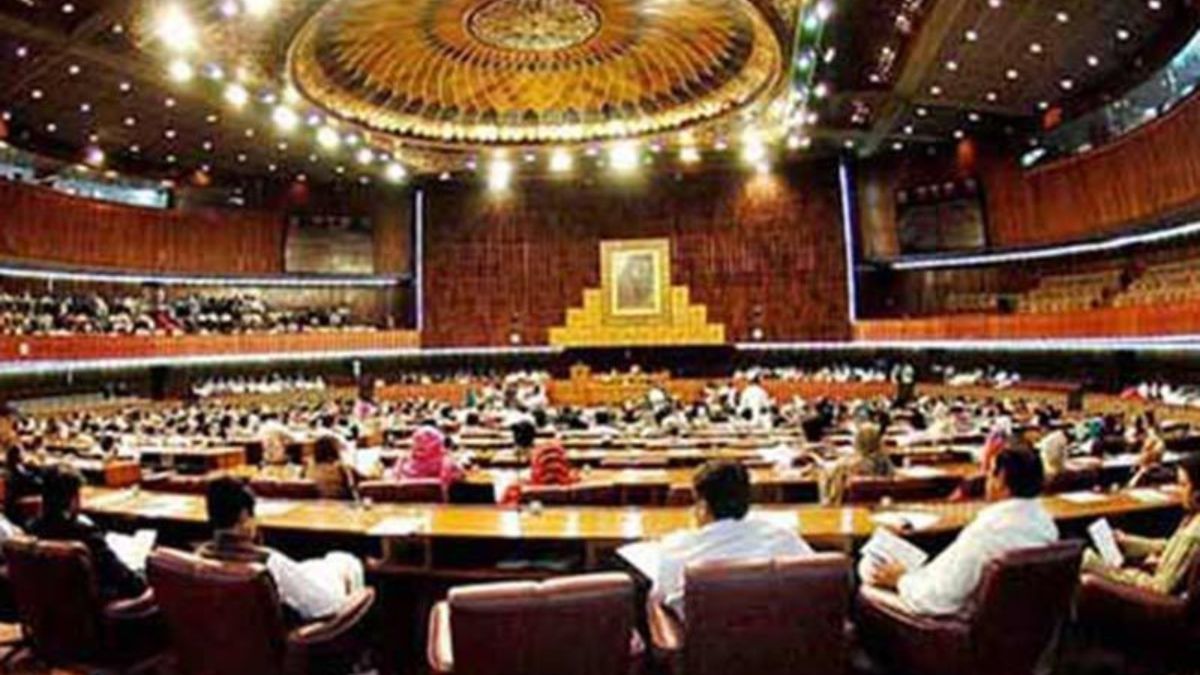New Delhi: The 12-hour-long fierce gun battle between the terrorists and the Indian security forces at Gurdaspur in Punjab ended at 5 pm on Monday, leaving 10 dead, including three militants.
The sudden terror attack, which eerily resembled the 26/11 Mumbai attack, has left a horrific memory amongst the residents of this small town of Punjab, but more importantly it has compelled the people of Gurdaspur, including the intelligence agencies and security forces, to ask four vital questions:
- Why Gurdaspur?
- Who could have been behind the terror attack?
- Is Gurdaspur attack a mini 26/11?
- And, the motive of the attack?
Speculations are rife that the militants belonged to Lashkar-e-Taiba (LeT) outfit and had the backing of Pakistan’s Inter Services Intelligence (ISI). Even former intelligence officials are not ready to rule out a possible link between Yakub Memon’s hanging and the terror attack.
However, according to the Punjab police and the central intelligence sources, it’s too early to say anything with conviction about the attack that had cost seven lives – four policemen, including SP (Detective) Baljeet Singh and three civilians. The three militants, who had stormed into a police station at Dinanager–11 kms from Gurdaspur city on NH-15 in the early hours of Monday and took to indiscriminate firing, were also killed in the siege.
The central intelligence has claimed that an alert was sent to the Punjab government about a possible terror attack, which was ignored. The attack has been dubbed an ‘intelligence failure’.
Why Gurdaspur?
The Gurdaspur attack is the biggest terror attack in the Punjab in more than a decade. The choice of Gurdaspur as a terror target has come as a surprise not only for the Punjab, but for the entire country.
According to intelligence sources, the geographical location of Gurdaspur probably made it an ideal target. The Gurdaspur district is the northern most district of Punjab and lies between river Ravi and Beas. It is 10 km from the international border of India and Pakistan. Gurdaspur’s close proximity to the border has also made it a hotbed of drug trafficking.
Counter-terrorism analyst, Anil Kamboj said, “Investigations would reveal the actual cause of attack on Gurdaspur. But, prima facie modus operandi indicates that there could be a possibility that due to heavy security in Jammu & Kashmir, especially due to the Amarnath Yatra, the militants, who are unable to create disturbance there, headed 80 kms southward to Gurdaspur and attacked. Due to high security alert by multiple security agencies across J&K and at the borders, these militants might have got inside Punjab sometime back and used Pathankot as their hideout. Moreover, Gurdaspur was relatively an easy target for the militants due to its close proximity to the border and attracted lesser attention of the security forces in comparison to other districts like Amritsar.”
“As Gurdaspur is so close to the India-Pakistan border, it became an obvious choice for the terrorists from the other side to enter the city and attack. It’s a shocking incident for us, but, Gurdaspur won’t allow anymore Khalistan militancy to thrive. We’re already fighting the drug menace in the district, aggravated by smuggling from across the border. This attack will cast a shadow over India-Pakistan peace efforts,” a government doctor of Gurdaspur told Firstpost, on condition of anonymity.
Who is behind the attack?
The intelligence agencies have claimed the attackers to be militants from Pakistan-ISI backed terror outfit, possibly the LeT.
Defence analyst Maj Gen (retd) Dhruv C Katoch opined, “Pakistan’s ISI has been trying to cause disturbances on Indian soil for quite some time. The militants had threatened to unleash attack during the Amarnath Yatra, but due to heavy security deployment, they diverted it on Gurdaspur and thereby sent a message about their presence. But, the terror attack in Gurdaspur also reveals a possibility of a tacit support from sleeper cells of pro-Khalistani elements. The worst was that the militants were in army uniform that eased their way into a police station. Once the investigation reveals the perpetrators of the crime, appropriate response mechanism needs to be implemented.”
Meanwhile, Lieutenant General (retd) KS Brar, who headed the Indian Army’s ‘Operation Blue Star’ to flush out Khalistani militants from the Golden Temple in 1984, has reportedly blamed the Punjab government and ISI for the terror attack. He criticised the Punjab government of taking a soft stand towards Khalistani terror groups and releasing them as a part of vote bank politics.
Is Gurdaspur attack a mini 26/11?
There is an uncanny resemblance between the modus operandi of 26/11 Mumbai attackers and the three terrorists, who had entered Gurdaspur city by snatching a car and indiscriminately killing who-so-ever they found – right from a roadside vendor to policemen.
According to Kamboj, the modus operandi of the attack shows it couldn’t be the work of pro-Khalistani militants, but that of a Pak-based terror group, like in the case of Mumbai 26/11 attack. “It’s a Fidayeen-type of attack, usually undertaken by LeT operatives, unlike the Khalistani militants, who opted for direct ambush. These militants were well-equipped with GPS, grenades and arms, and unleashed a sudden and unexpected attack by firing on a moving bus and on the citizens, including a woman attendant of a patient. They even planted five IEDs on a railway track, which fortunately didn’t blow-off.”
Kamboj’s claim finds support in what a Punjab Police source said, “We heard the terrorists shout ‘Allah-O-Akbar’ (In Arabic it’s God is great) from inside the house, where they had taken shelter. They may be from Pakistan.”
Motive behind the attack?
According to counter-terrorism analysts and former intelligence officials, the possible motive behind the attack could be an attempt to revive militancy in the Punjab on one hand, to protesting the upcoming capital punishment to Yakub Memon scheduled to take place on 31 July.
“If Tiger Memon had been instrumental in carrying out the 1993 Mumbai serial blast at the behest of ISI, don’t you think it’s a kind of payback from the ISI using militants to show that if you hang ‘our people, we’ll kill yours’. Though, it’s too early to claim this theory, it can’t be ruled outoutright,” a former Intelligence Bureau (IB) official said on condition of anonymity.
Kamboj, who had served in the Punjab during its peak militancy period added, “The attack could be an attempt to revive militancy in Punjab. By unleashing a terror attack in Gurdaspur, the Pak-based militants have tried to give message to pro-Khalistan sympathizers and hardliners that a revival was possible. After all, many top leaders of the Babbar Khalsa and Khalistan Movement are enjoying hospitality by living in Pakistan under ISI’s patronage.”
Added Katoch, “The ISI would also like to de-stabilise India, due to the latter’s growing importance on the global platform and the strengthening of its economy.”
Reacting to the attack, Brar said the ISI has been trying to revive Khalistani terror groups. “Pakistani intelligence agency wants to take the Punjab back to what it was in the 1980s, while the state government has been weak. It is very disturbing to terrorists have come across the border. This is unfortunate that so many terrorists came unnoticed. It is the failure of the state government. The terrorists should have been rounded up," Brar told a news channel.


)




)
)
)
)
)
)
)
)